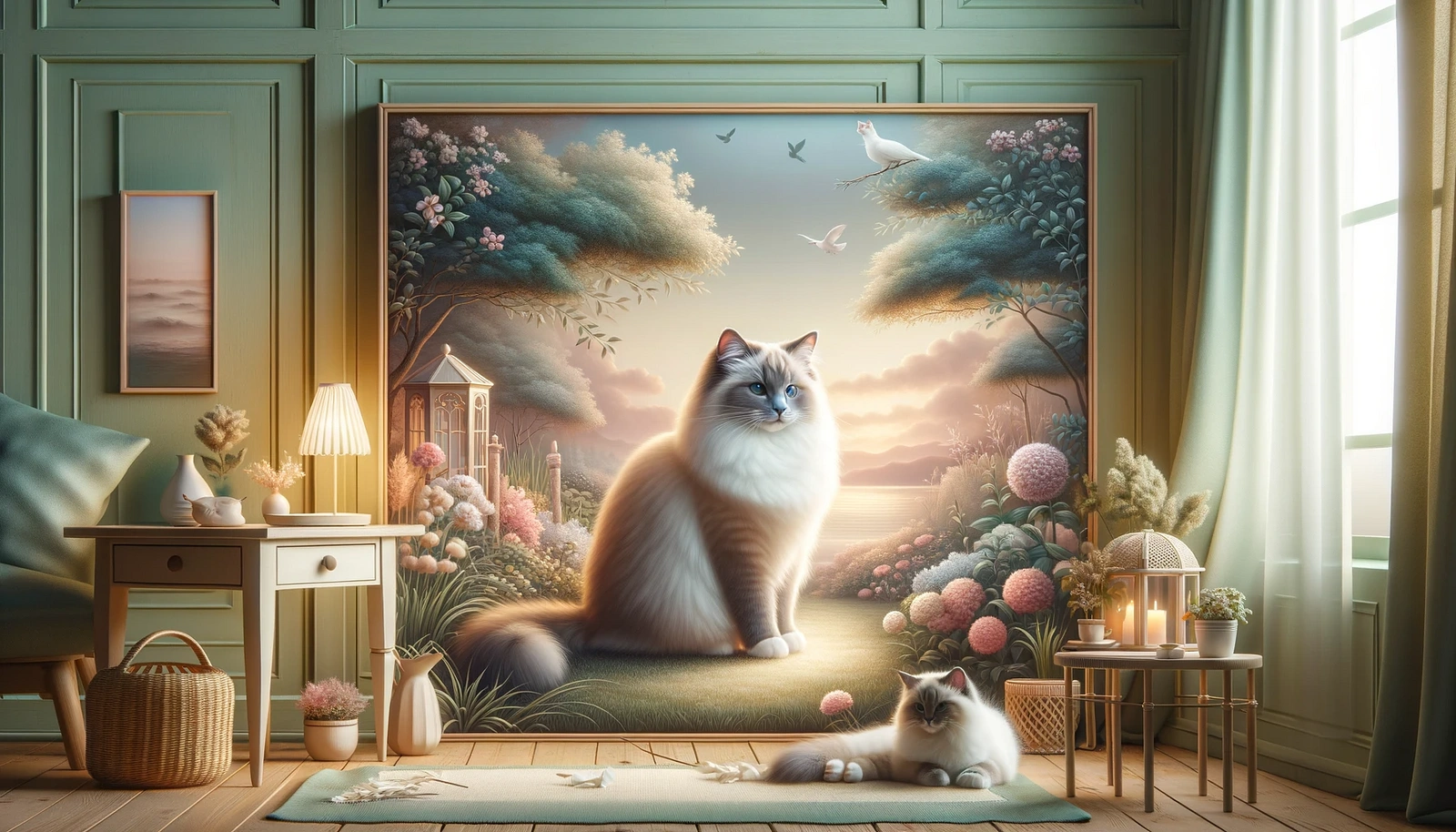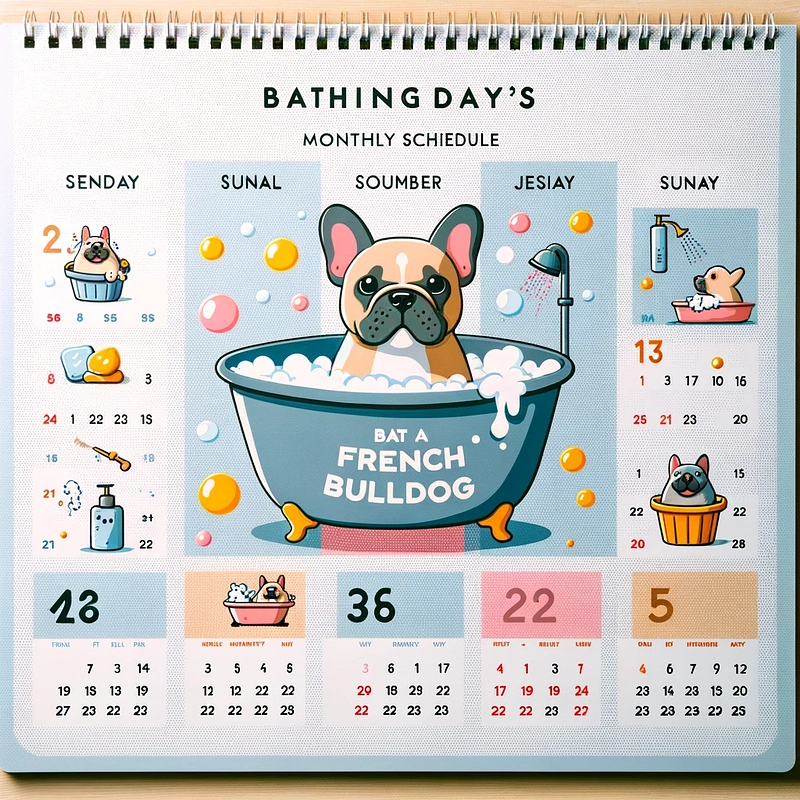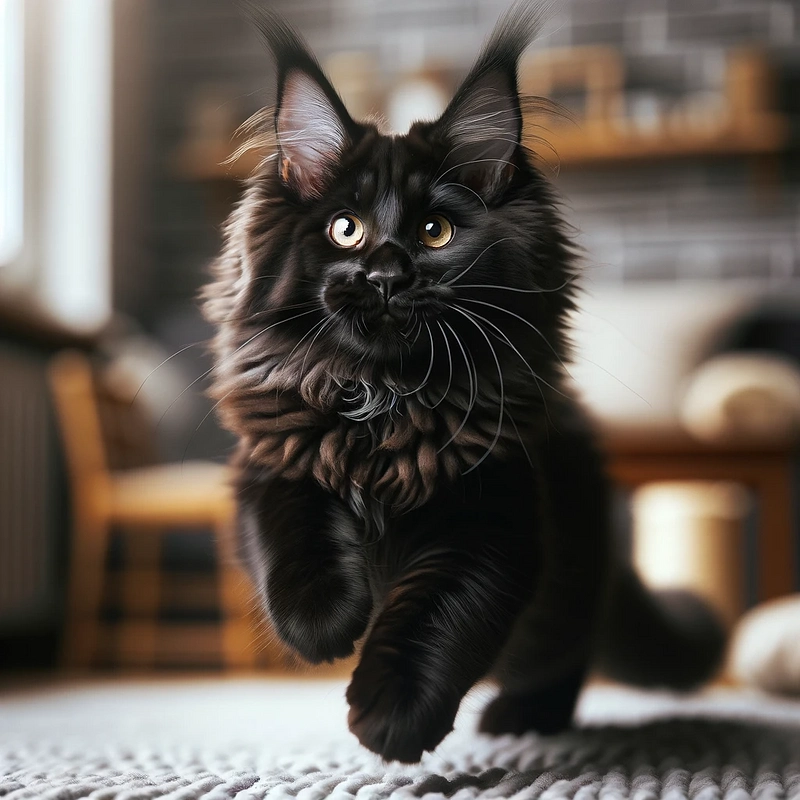Welcome to the enchanting world of Ragdoll cats, a breed that captivates hearts with its striking blue eyes, luxurious fur, and docile temperament. Originating in the 1960s in California, the Ragdoll cat, named for its tendency to go limp like a ragdoll when picked up, is a marvel of feline genetics. Created by Ann Baker, a breeder who sought to develop a gentle and affectionate breed, Ragdolls are known for their striking point coloration and large, muscular yet soft bodies.
Updated at: 06/01/2024 09:57
Created at: 06/01/2024 09:57
Views: 1
What really makes Ragdoll cats stand out is their extraordinary personality. Often likened to dogs, they're known for their loyalty and habit of following their owners around, showcasing their 'dog-like' demeanor. Their serene and placid nature makes them ideal pets for families and individuals alike.
Physically, Ragdolls are among the largest domesticated cat breeds. They possess semi-long hair that requires regular grooming to maintain its silkiness. But, their most mesmerizing feature is undoubtedly their deep, tranquil blue eyes.
In our journey through this article, we will dive into their unique personality traits, offer insights on optimal care, share training tips, and provide solutions for common challenges faced by Ragdoll cat owners. Get ready to explore and fall in love with the serene beauty and affectionate nature of these remarkable feline companions.
The Beguiling Origins of Ragdoll Cats
The story of Ragdoll cats begins in the early 1960s in Riverside, California, with a breeder named Ann Baker. Baker's vision was to develop a breed that was not only visually stunning but also possessed a calm, gentle temperament. She started with a domestic longhair named Josephine, who had striking features and a docile nature. Through selective breeding, Baker emphasized traits like a soft, silky coat, large size, and above all, a friendly, easy-going temperament. This meticulous breeding process gave rise to what we now know as the Ragdoll breed.
Physical Characteristics: A Symphony in Fur and Eyes
Ragdoll cats are renowned for their physical beauty. They are one of the largest cat breeds, with males often weighing between 12 to 20 pounds, and females slightly smaller. Their semi-long fur is plush and silky, adding to their luxurious appearance. The coat comes in various colors and patterns, including seal, blue, chocolate, lilac, and more, often with a lighter body and darker extremities, known as "point coloration."
But it's their eyes that truly captivate. Deep, vivid blue, their eyes are expressive and seem to reflect an innate wisdom. This, coupled with their soft, semi-long fur, gives them a look of elegance and grace.
Temperament: The Ragdoll's Gentle Heart
Ragdoll cats are often described as 'puppy-like' due to their tendency to follow their owners from room to room. They are known for their sweet, gentle disposition. Unlike many cats, Ragdolls are known to be particularly good with children and other pets, making them an ideal choice for a family pet.
Their name, 'Ragdoll,' comes from their unique behavior of going limp when picked up, a testament to their trust and relaxed nature. This trait, along with their affectionate personality, makes them a joy to cuddle and hold.
Health and Longevity: A Ragdoll's Life
Ragdolls are generally healthy cats, but they can be prone to certain genetic health issues, like hypertrophic cardiomyopathy (HCM) and polycystic kidney disease (PKD). Regular veterinary check-ups and a healthy diet are crucial to keeping them in good shape. With proper care, these cats can live up to 15 years or more, providing long-term companionship.
A Breed Apart
In conclusion, Ragdoll cats are more than just their stunning looks. They are gentle, affectionate companions, perfect for families or anyone seeking a loyal pet. Their calm demeanor, striking appearance, and loving nature make them a unique and cherished breed in the world of cats.
🧠 Personality Traits of Ragdoll Cats: Understanding What Makes Them Unique
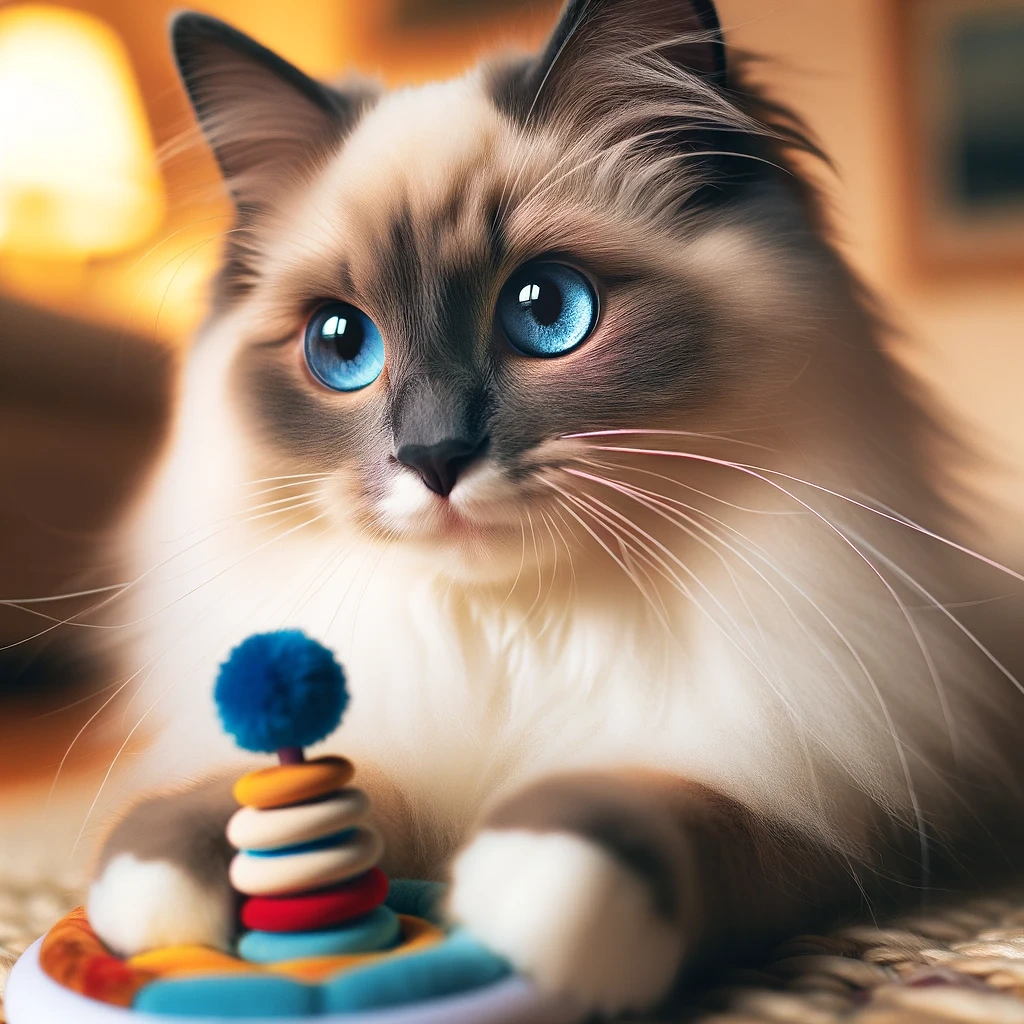
Ragdoll cats are not just visually stunning; they possess a personality that is as unique as their appearance. Understanding these traits can help potential owners appreciate what makes Ragdolls such remarkable companions.
1. Affectionate and Sociable: Ragdolls are known for their exceptional affection towards their owners. They thrive on companionship and often form strong bonds with their human families. Unlike some independent cat breeds, Ragdolls seek out human interaction and love being part of daily activities.
2. Gentle and Easygoing: The Ragdoll's temperament is best described as gentle and easygoing. They are the epitome of a 'lap cat' and enjoy being petted and held. Their calm demeanor makes them excellent pets for households with children and other animals.
3. Intelligent and Playful: Despite their laid-back nature, Ragdolls are quite intelligent. They can learn tricks, respond to their names, and enjoy interactive toys that challenge their minds. Playtime is important for Ragdolls, as it stimulates their mental and physical health.
4. Quiet and Well-Mannered: Ragdolls are not known for being overly vocal. They communicate their needs in a soft, gentle manner. This characteristic, combined with their polite behavior, makes them well-suited for a peaceful home environment.
5. Adaptable to Various Living Situations: Whether you live in a bustling city apartment or a quiet suburban home, Ragdolls are remarkably adaptable. Their laid-back nature allows them to adjust to different living conditions, as long as they have the companionship and love of their owners.
6. Loyal Companions: One of the most endearing traits of Ragdoll cats is their loyalty. They often greet their owners at the door and follow them around the house. This loyalty and affectionate nature make them not just pets, but beloved family members.
In summary, the personality of a Ragdoll cat is characterized by affection, gentleness, intelligence, and adaptability. These traits, combined with their stunning looks, make them one of the most desirable cat breeds for families and individuals alike. Understanding and appreciating these personality traits will undoubtedly enhance the bond between a Ragdoll and its owner.
🍲 Caring for Your Ragdoll Cat: Nutrition, Health, and Grooming Tips
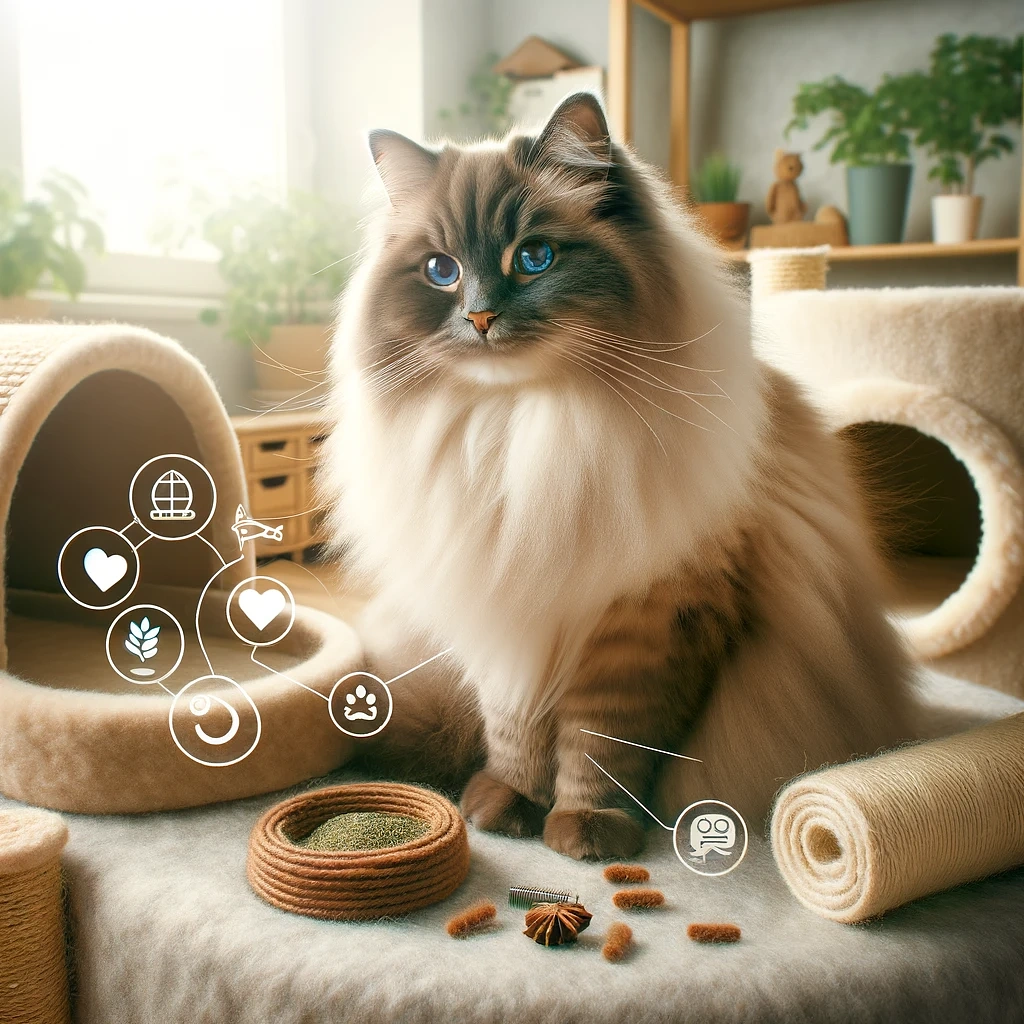
Caring for a Ragdoll cat involves more than just love and affection; it requires understanding their specific needs in terms of nutrition, health, and grooming. Here’s how you can ensure your Ragdoll cat remains healthy and happy:
1. Balanced Nutrition for Optimal Health: Ragdolls benefit from a diet that supports their larger size and long coat. High-quality cat food rich in protein is essential, and it's recommended to include both dry and wet food in their diet. Given their long, dense fur, a diet that also supports skin and coat health can be beneficial.
2. Regular Health Check-Ups: Regular visits to the vet are crucial for maintaining your Ragdoll's health. These cats can be prone to certain genetic health issues like hypertrophic cardiomyopathy (HCM) and polycystic kidney disease (PKD). Early detection and management of these conditions are key to ensuring a long, healthy life.
3. Grooming is Key: Ragdolls have semi-long, plush coats that require regular grooming. Brushing your cat a few times a week can prevent matting and reduce hairballs. It’s also a great way to bond with your pet. Don’t forget to check and clean their ears regularly and keep their nails trimmed.
4. Physical and Mental Stimulation: Despite their laid-back nature, Ragdolls need physical and mental stimulation. Ensure they have access to scratching posts, toys, and interactive playtime. This not only keeps them physically fit but also mentally stimulated.
5. Creating a Safe and Loving Environment: Ragdolls are indoor cats and thrive in a safe, indoor environment. Make sure your home is cat-proofed and provides various cozy spots for your cat to rest and observe its surroundings.
By following these tips, you can ensure your Ragdoll cat leads a healthy, joyful, and fulfilling life. Understanding and catering to their needs will deepen the bond between you and your feline friend, making your Ragdoll a cherished member of your family.
🏅 Training and Socializing Ragdoll Cats: Effective Techniques and Best Practices
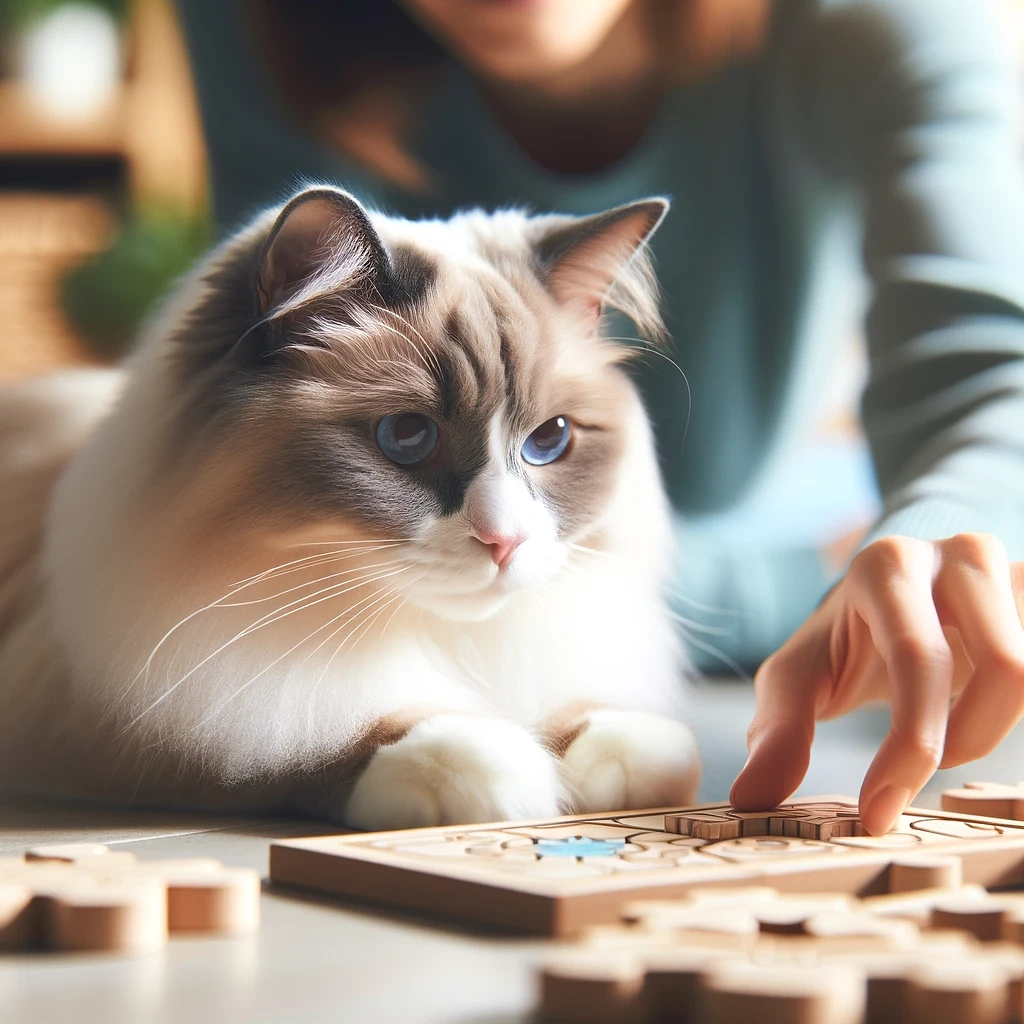
Training and socializing a Ragdoll cat can be a rewarding experience due to their intelligent and amiable nature. Here are some effective techniques and best practices to ensure your Ragdoll is well-trained and socially adept:
1. Positive Reinforcement Works Wonders: Ragdolls respond well to positive reinforcement. Use treats, praise, and affection to encourage good behavior. Whether it’s using the litter box correctly, scratching the post instead of furniture, or performing a trick, always reinforce these behaviors positively.
2. Start Socialization Early: The best time to start socializing your Ragdoll kitten is as early as possible. Expose them gently to different people, pets, environments, and experiences. This helps them grow into well-adjusted adults, comfortable with various situations.
3. Consistency is Key in Training: Consistency is crucial when training your Ragdoll. Stick to regular feeding, play, and training schedules. Consistent rules and routines help them understand what is expected and form good habits.
4. Engage Their Intelligent Minds: Ragdolls are quite clever, so keep their minds engaged with puzzle toys, interactive play, and training sessions. Teaching them tricks or commands not only stimulates their brain but also strengthens your bond.
5. Gentle Handling and Patience: Always handle your Ragdoll with gentleness and patience. Harsh treatment or punishment can lead to fear and mistrust. Remember, Ragdolls are sensitive cats that respond best to a gentle touch and a calm voice.
6. Regular Playtime and Interaction: Regular playtime is essential for your Ragdoll’s physical and emotional well-being. Interactive play helps them bond with you and keeps them physically fit. It also allows you to observe any changes in their behavior or health.
By following these techniques and practices, you can ensure your Ragdoll cat is not only well-behaved but also happy and healthy. Training and socializing your Ragdoll can be a delightful experience, filled with shared affection and understanding.
⚠️ Common Challenges and Solutions: Addressing Behavioral and Health Issues in Ragdoll Cats

Ragdoll cats, like all breeds, can face certain challenges. Being aware of these and knowing how to address them is key to ensuring a happy and healthy life for your feline friend.
1. Genetic Health Concerns: Ragdolls can be prone to specific genetic health issues like hypertrophic cardiomyopathy (HCM) and polycystic kidney disease (PKD). Regular vet check-ups and genetic testing, when available, are crucial for early detection and management.
2. Maintaining a Healthy Weight: Due to their laid-back nature, Ragdolls can be prone to obesity. Ensure they get regular exercise and monitor their diet closely to maintain a healthy weight.
3. Grooming Challenges: Their luxurious fur requires regular grooming to prevent matting and hairballs. Regular brushing and occasional professional grooming can help keep their coat in top condition.
4. Behavioral Issues: Ragdolls are generally well-behaved, but like any cat, they can develop behavioral issues. Inappropriate scratching, litter box aversion, or sudden aggression can often be addressed with behavioral training, environmental changes, and consultation with a vet or animal behaviorist.
5. Sensitivity to Change: Ragdolls can be sensitive to changes in their environment or routine. Moving to a new home, a new family member, or any major change can stress them. Provide them with a stable environment and gradual introduction to changes to help them adapt.
6. Attention and Social Needs: Ragdolls thrive on attention and can become lonely or depressed if left alone for long periods. Ensure they have plenty of social interaction and consider getting a companion cat if you’re away often.
By understanding these challenges and implementing the suggested solutions, you can ensure your Ragdoll cat lives a fulfilling and contented life. Remember, each Ragdoll is unique, and what works for one may not work for another. Patience, love, and understanding are key.
Conclusion: Embracing the Joy of Ragdoll Companionship
In our journey through the world of Ragdoll cats, we've explored their origins, unique characteristics, personality traits, care needs, training tips, and how to address common challenges. These majestic felines are not just a stunning addition to any home but also bring immense joy and companionship with their affectionate and gentle nature.
Owning a Ragdoll cat means embarking on a rewarding relationship filled with love, playfulness, and shared moments. Their adaptability, intelligence, and sociable demeanor make them ideal companions for a wide range of households. However, it's essential to remember that, like any pet, they require commitment in terms of time, care, and affection.
The beauty of Ragdoll cats goes far beyond their striking appearance. Their ability to form deep bonds with their owners, their serene disposition, and their playful spirits are what truly make them special. By understanding their needs and providing them with love and care, you ensure a harmonious and fulfilling life together.
As you cherish every moment with your Ragdoll cat, remember that the journey of companionship is as beautiful as the breed itself. May your days be filled with the gentle purrs and loving gazes of your Ragdoll companion, a testament to the unique bond between humans and these magnificent creatures.
Similar Posts
18/12/2023 14:45
In this comprehensive guide, we explore the black Maine Coon, a sought-after variant of one of North America's oldest cat breeds. Known for their l...
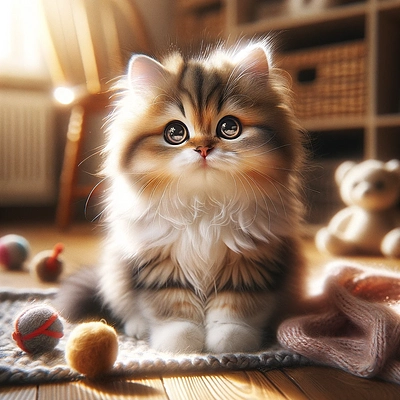 Cats
Cats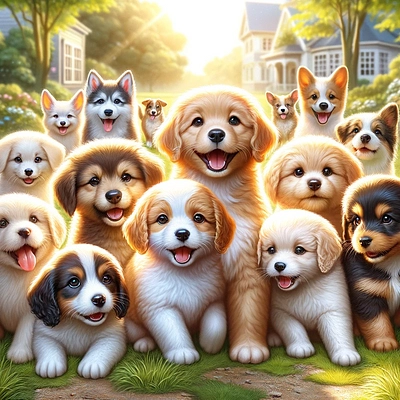 Dogs
Dogs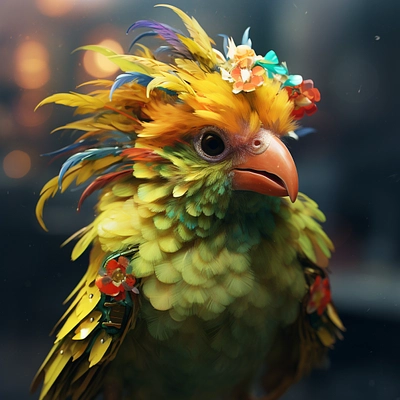 Birds
Birds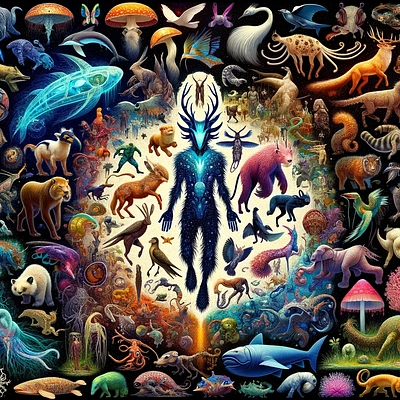 Other
Other
